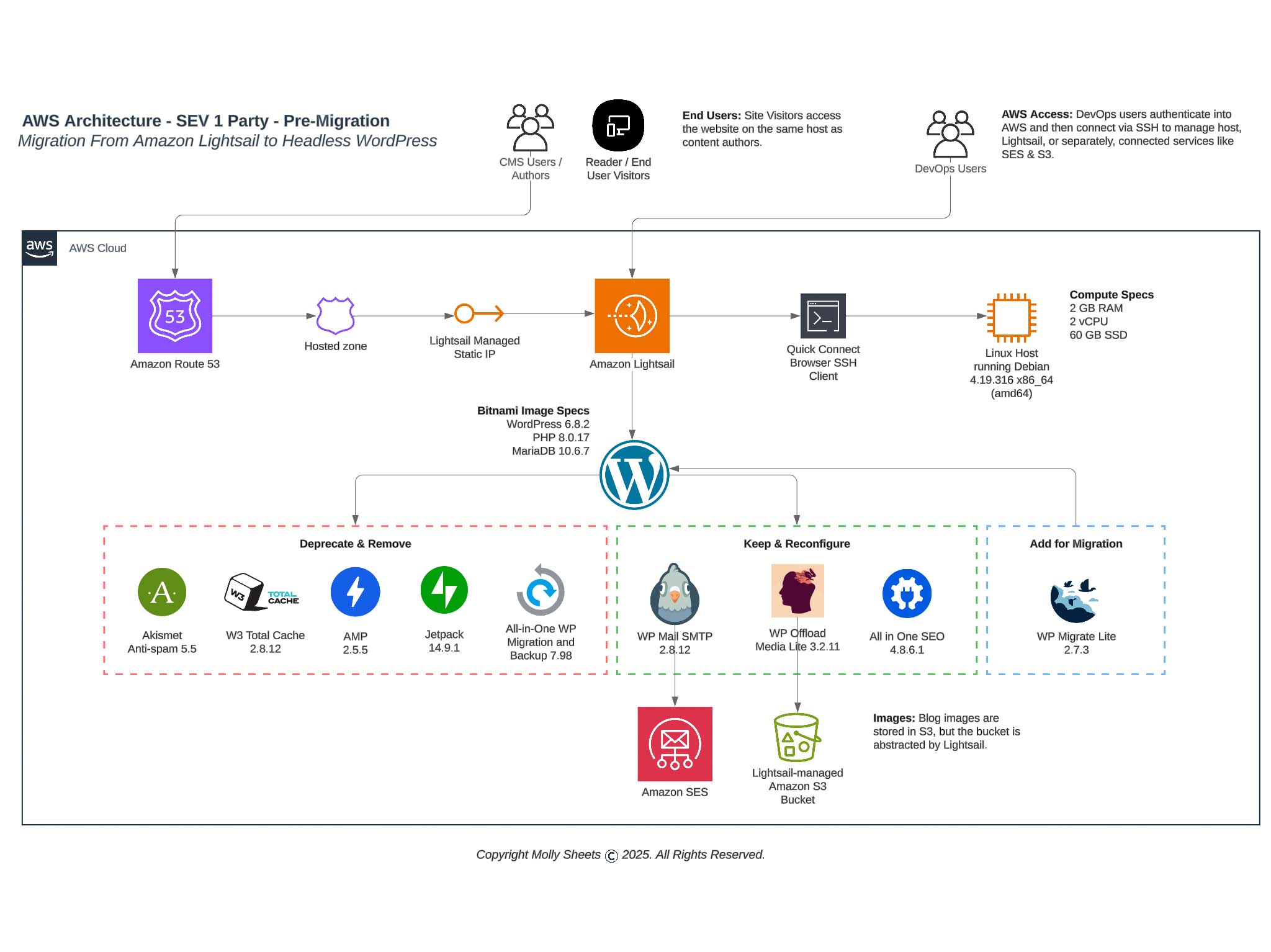
SEV 1 Party:
Telling the tale is living
Not living to tell the tale.
The low and high sev adventures of Molly Sheets.
Please donate to Every Girl Shines!
-
Laughter Was Reserved for Judgement
Read more: Laughter Was Reserved for JudgementReporting to you live 80% through a migration from Amazon Lightsail to Simply Static on Amazon S3.
The Latest Sass
-
We Built This City

Accountability can be learned but you have to model it first.
-
Epic Culture is Born from Clear Communication

Ship it.
-
Calculating Uptime for a Platform in K8sNaaS and K8sCaaS Business Models

How to get a theoretical maximum availability in a Kubernetes Platform.
Organization of the Year: Every Girl Shines
I am so pleased to switch up this section and feature one of my favorite organizations: Every Girl Shines. My husband and I have been a donor to Every Girl Shines since 2019 as we love their mission, have bold belief in their leadership team, and continue to be amazed by EGS’s impact to young middle and high school girls.
Every Girl Shines is a 501c3 non-profit that provides mentorship, networking, charity, and university scholarships so that every girl has a chance to become a leader in her community.
